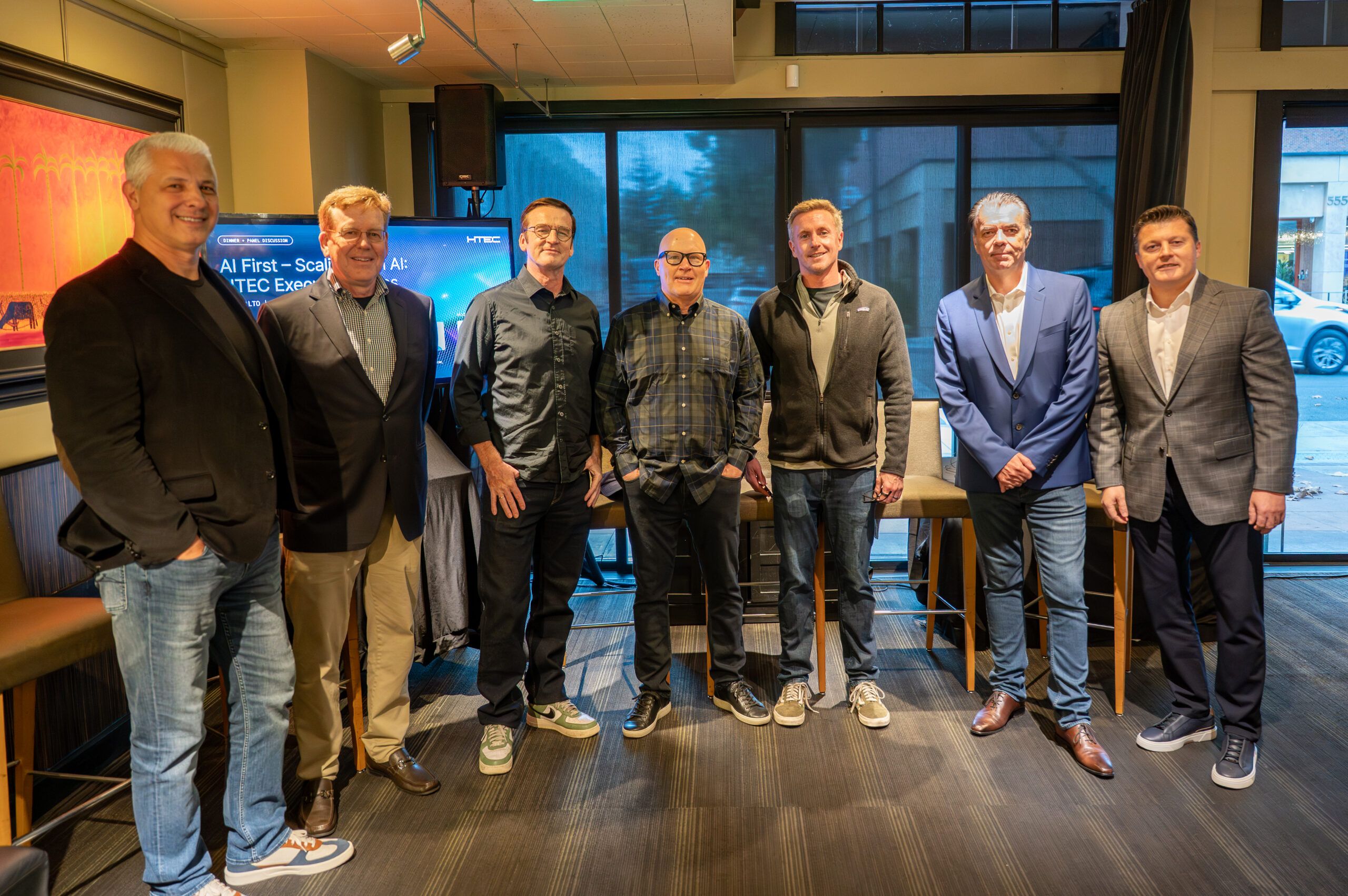Up until recently, AI knowledge distillation functioned in a more-or-less straightforward and linear direction: a large Transformer teacher could impart its knowledge to a smaller Bidirectional Long Short-Term Memory (BiLSTM) student model, solving the “cost trap” of large-scale AI. This process, while still relevant, now represents just one facet of a field that has been fundamentally reshaped by the advent of foundation models. The core objective has evolved from simple model compression to the strategic transfer of emergent capabilities like reasoning and instruction-following.
The core technical shifts: from logit mimicry to synthetic data pipelines
The fundamental approach of knowledge distillation is to minimize the Kullback-Leibler (KL) distance of the probability distributions (logits) of the student and the teacher models to one another on a set. This approach is still a pillar, but the advent of Large Language Models (LLMs), particularly proprietary, API-only models, has caused a paradigm shift. When internal model states are inaccessible (the “black-box” problem), the teacher’s role transforms from a supervisor into a generative data engine.
The dominant strategy now involves prompting the teacher LLM to generate a vast, synthetic dataset, which is then used to fine-tune the student. This process distills knowledge not through direct architectural mimicry but by embedding the teacher’s intelligence into the data itself. This has enabled the transfer of complex, emergent abilities:
Chain-of-Thought (CoT) distillation
The teacher is prompted to generate step-by-step rationales along with final answers. The student is then trained on these prompt-rationale-answer triplets, learning the reasoning process itself.
Instruction-following distillation
Pioneered by projects like Alpaca, this involves generating hundreds of thousands of instruction-response pairs to fine-tune a base model into a capable, conversational agent.
This reliance on synthetic data generation is the defining characteristic of modern black-box distillation, creating a deep interplay between data augmentation and knowledge transfer.
Three strategic distillation playbooks in 2025
The evolution of AI distillation is not uniform; it has bifurcated into distinct technical playbooks tailored to three strategic arenas: the controlled “white-box” environment of in-house model development, the collaborative “gray-box” of the open-source ecosystem, and the competitive “black-box” of adversarial distillation between frontier model developers.
1) In-house white-box distillation: Forging a fleet of specialists
For organizations with full access to their own large models (“white-box” access), distillation has become a tool for creating a portfolio of efficient, specialized experts from a single, powerful generalist model. With this environment, developers can go beyond basic logit matching and use richer, fine-grained methods.
Most critical is feature distillation, whereby the student is trained to replicate its intermediate hidden-layer representations with those of the teacher. This ensures that the student will discover the identical feature extraction hierarchy, thus enabling higher-fidelity transfer of knowledge. This could be supplemented with attention-based distillation, whereby the student is trained to mirror the teacher’s attention mechanisms. More recent open-source LLM literature, including that working with MiniLLM, has built on this using a reverse KL divergence objective, wherein the student is not able to overestimate the likelihood of the teacher’s low-probability (rare) tokens, thus providing better generation accuracy. This white-box approach, often used in concert with structured pruning and post-training quantization, is the key to deploying high-performance, specialized AI on resource-constrained edge devices.
2) Open-source distillation: A collaborative, evolving ecosystem
The open community applies distillation as a primary democratization engine such that small, cheaper models can replicate the capabilities of the latest open models like LLaMA or even Mistral. This has facilitated innovation in the distillation process itself, towards better training schemes less reliant on a single, massive teacher.
Online distillation
This strategy breaks away from the static teacher-student model. Instead, a set of simultaneously trained “peer” models are taught from the ground-truth data as well as the output of the other models in a collaborative fashion.
Self-distillation
In this, the model is the teacher of itself. This could be done using the deeper levels of a network to supervise shallower levels or the model’s own predictions in the previous epoch as soft targets for the next epoch. This has been proved to be a good form of regularization, boosting the generalization of a model even when there is no external teacher.
These schemes that develop are characteristic of a mature ecosystem in which the mechanisms for transferring the knowledge become key, along with the knowledge.
3) Black-box distillation: The frontier arms race
The most aggressive application of distillation occurs when companies use a competitor’s proprietary, API-only model as a black-box teacher. This is a “fast-follower” strategy to replicate the capabilities of a frontier model without incurring the hundreds of millions of dollars in initial training costs.
The primary technical challenge in this adversarial setting is the high cost and latency of making millions of API calls to the teacher model. This has given rise to a new class of algorithms designed for Few-Teacher-Inference Knowledge Distillation (FTI-KD). A leading example is Comparative Knowledge Distillation (CKD), introduced in 2024. Instead of training the student to mimic the teacher’s output for a single sample, CKD trains the student to mimic the teacher’s comparison of two or more samples, typically implemented as the vector difference between their feature representations. The key advantage is efficiency: from N teacher inference calls, one can generate up to N² pairwise comparisons, creating a much richer training signal without additional API costs. CKD has been shown to outperform other methods by a significant margin in these low-resource settings, making it a powerful tool in the competitive race to the frontier.
Final thoughts
Knowledge distillation has moved beyond being a single compression technique to being a multi-faceted, strategically inclined field. The optimum approach is now highly context-dependent. In-house teams have access to the full model for high-fidelity, feature-level transfer. The open-source community is the pioneer of collaborative training protocols for the purpose of democratic access. In the meantime, out here on the frontier, competition is stoking the discovery of novel, low-cost algorithms such as CKD using approaches such as FTI-KD for addressing the ills of black-box learning.
Expertise in the new, more technical playbook is no longer an optimization afterthought but a strategically necessary requirement for whoever is building, deploying, or competing within the modern-day AI ecosystem.






